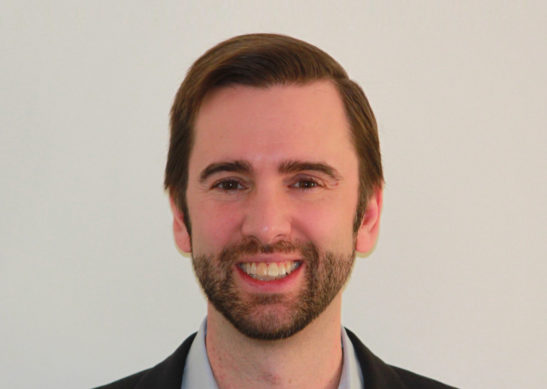
Next Steps for CPG: Owning the Customer Relationship
Like many consumer packaged goods (CPG) companies, Clorox historically hasn‘t known who its customers are. Consumers typically buy its products through retailers that don‘t always share that information.
But with third-party cookies and data disappearing in the near future, CPGs are increasingly looking to forge direct relationships with their customers and generate first-party data they can use in their marketing programs.
“I think a big part of it is the recognition that third-party data is no longer sufficient,” says Vivian Chang, vice president of growth for The Clorox Company‘s direct-to-consumer group. “Even before this, third-party data was fraught with issues on how accurate it was and so forth. But the goal of improving media effectiveness by having Clorox‘s own first-party data pool is a big piece.”
In the second of a two-part interview, CafeMedia spoke to Chang about how Clorox is preparing for life after the third-party cookie, the problems with attribution and its first-party data aspirations.
How are you prepared for the Google and Apple changes?
On one hand, we‘re fortunate in that we don‘t have a mobile app right now, so the iOS 14.5 change doesn‘t hit us quite as immediately. But, of course, there are implications [that] trickle down with Google, Facebook and all of these other platforms that we advertise on and how they have to change their measurement and attribution.
Facebook is changing its attribution program with iOS, and marketers won‘t be getting direct user-level conversions. Is that a concern? How does it affect how you think about marketing on Facebook?
It‘s a good question. I think as a marketer, some of it is, well, what‘s the alternative?
Yes, we are still advertising with Facebook with the changes. View-through [attribution] and attribution windows definitely have changed and also shrunken in a way. I actually think some of that is good. The default attribution in Facebook in the past claimed a lot of credit. If marketers didn‘t know to go in there, look and adjust attribution windows, then it was really easy for Facebook to have a much more generous attribution window than other platforms or partners we could be working with. I actually think it helps to right-size a little bit.
And then, I think maybe, unfortunately, it creates attribution that relies more on what is truly trackable on our own website. That is traffic that comes in and [the customer] either signs up for something or are known based on their purchase history, because that‘s what gets by any of these cookie or iOS issues. It creates a bias that way.
Clorox seems to be an example of a big consumer brand that everybody knows, but it does not have a lot of first-party data access. What is the scale of the first-party data?
You hit that nail on the head. Absolutely it is a priority now among CPG companies to figure out how we own more of that customer relationship. In the past, it‘s been a little bit outsourced to those retailers, and as long as they‘re selling the products or running promotions to sell Clorox products, it wasn‘t an issue 10, 15 years ago.
Now, there‘s a big initiative for first-party data. I think that‘s the beauty of our direct-to-consumer group existing within Clorox because first-party transactional data is really the most robust dataset you can have. And so, as more Clorox brands have that direct relationship through completed e-commerce purchases within our own ecosystem, you can use it for look-alikes and retargeting and so forth.
So that‘s the general direction that a lot of the Clorox brands are trying to explore. What can we offer in exchange for consumer data? Is it loyalty programs that span across retail, online and Amazon? Or is there a use case for actually standing up e-commerce? A big part underlying why these initiatives exist is that data capture piece.
As far as Google and the new FLoC changes, are you a part of these discussions, or is it something you have to keep your finger on the pulse of? It feels like a huge upheaval, but from the brand perspective, it seems like distant thunder.
That‘s a great way to put it. It‘s something that I‘m watching and trying to stay educated on, but it‘s not my No. 1 priority to figure out.
Is that how it is for these policy changes, the nitty-gritty tech side in general?
It is, for the most part. We will run tests. When Facebook made the attribution change, we ran A/B tests to see what the impacts were to campaigns to have a read. But from then on, we‘re kind of running as-is.
And I think that‘s the approach to a lot of these tech changes — we might do something initially to try and understand what‘s going on, but from within, this is still the tool chest with some tweaks, so we‘ll work within these confines.
This interview has been edited for length and clarity.


